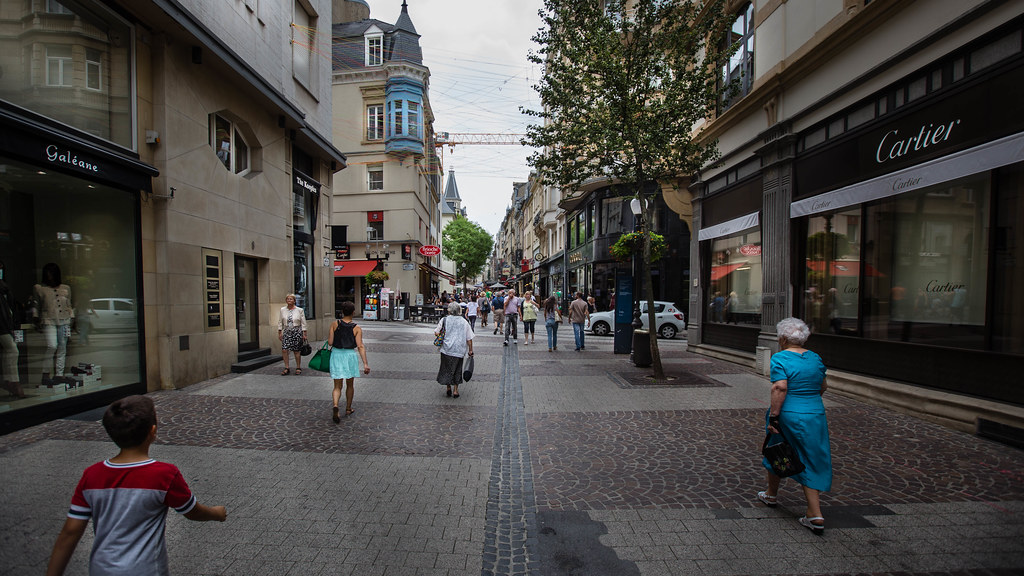5 Facts About Homelessness in Luxembourg

Bordered by Germany, France, and Belgium, Luxembourg is home to over half a million people, 24% of whom face the daily threat of homelessness. Although Luxembourg is a small country, it is also one of the wealthiest countries in the European Union. However, as the divide between the rich and poor continues to widen, the threat of homelessness in Luxembourg is increasing due to a rising cost of living and limited affordable housing.
5 Things to Know About Homelessness in Luxembourg
- Luxembourg is a wealthy nation, but compared to other European countries with denser populations, its homeless population is larger. The Organization for Economic Co-operation and Development (OECD) reports that approximately 37% of Luxembourg’s population was homeless in 2014, as compared to .22% of France’s population and .41% of Germany’s population—two countries with populations that are much larger than Luxembourg’s. Homelessness is especially a problem during Luxembourg’s winters, as hypothermia threatens the lives of those without a home. A report from the European Federation of National Organizations Working with the Homeless (FEANTSA) stated that the number of homeless people in Luxembourg rose from 684 people during the winter of 2012 and 2013 to 873 people during the winter of 2017 and 2018.
- Housing expenses are high in Luxembourg, with Luxembourg city being one of the most expensive places to live in Europe. As housing costs in Luxembourg rise by 5.4% per year, the poverty rate is also on the rise. According to a study published by Statec, a Luxembourg statistic service, the percentage of the population at risk of poverty rose from 15.4% in 2017 to 24% in 2019. For homeowners with smaller incomes, housing costs make up nearly half of their income. As of 2019, the Deloitte Global Economist Network reported that around 38% of households in Luxembourg were reported to be burdened by housing expenses. With rising costs, homeowners who could previously afford housing, may no longer be able to pay for the roof over their heads.
- With a growing population and a lack of available space for new infrastructure, Luxembourg can’t keep up with housing demands. Luxembourg’s population has increased by 36.2% since 2010, largely due to an influx of foreign workers. As a result of this increase, the housing crisis in Luxembourg has only grown as housing demands rise. In addition, land available to build additional housing is sparse, as nearly 92% of this land is privately owned, compared to the remaining 8% owned by public providers. To expand the housing market in Luxembourg, citizens are advocating for an increase in public housing and laws that will protect tenants from paying rising rent prices.
- Although the number of people staying in homeless shelters is dropping in Luxembourg, the number of nights people stay in homeless shelters is increasing. The average number of guests in night shelters decreased from 658 in 2010 to 354 in 2016. However, for these same years, the average number of nights in shelters rose from 40 days to 100 days. Night shelters are not designed to be a permanent solution for homeless people, and with the increase in the number of nights people are staying in shelters, waiting lists for the shelters are only growing longer.
- To combat homelessness in Luxembourg, homeless shelters are working to provide safe places for residents to sleep at night. The shelters can only provide space to a limited number of people, though, and often accrue a waiting list for beds every night. For one homeless shelter in Dommeldange, Luxembourg, overnight guests are given a place to sleep, dinner, and the facilities to shower, but they also employ trust-building exercises between social workers and guests to ensure they receive the emotional support they need. Some shelters focus their efforts on providing food to the homeless. Organizations, like “Premier Appel,” collect extra food from restaurants and grocery stores which is then fashioned into meals for those who visit the shelter. For Stëmm vun der Stross, volunteers serve up to 300 meals in the afternoon.
– Grace Mayer
Photo: Staticflickr
